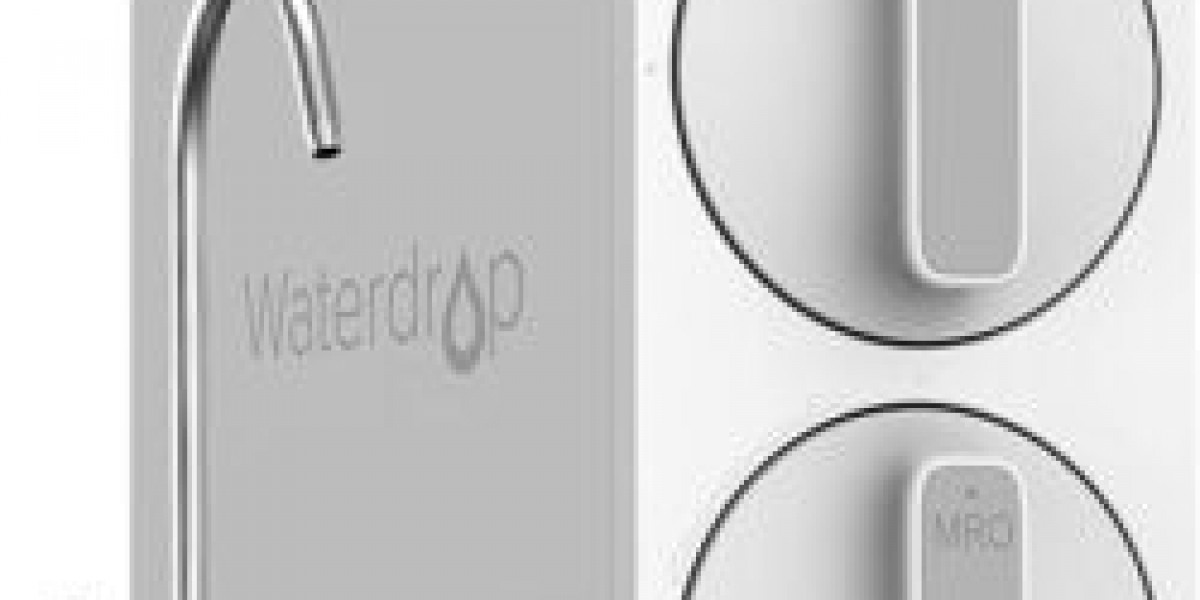Beekeeping, once purely a manual and observational practice, has evolved dramatically thanks to modern technology. Among the most transformative advancements is the IoT beehive monitoring system, a game-changing innovation that's reshaping how beekeepers manage hives, ensure bee health, and maintain productivity. With the growing concern over honey bee population decline, integrating IoT has become not just an option but a necessity for sustainable apiculture.
An Exclusive Role of IoT in Saving Beekeeping
The Internet of Things (IoT) is redefining agricultural practices, and beekeeping is no exception. Through a network of smart sensors and cloud-based analytics, IoT beehive monitoring systems offer real-time insights into critical hive parameters such as:
Temperature and humidity
Weight of the hive (to track honey production)
Sound frequency (to detect swarming behavior)
Bee activity and entrance traffic
These data points allow beekeepers to act swiftly in response to environmental stress, pest invasion, or early signs of colony collapse. This exclusive role of IoT in saving beekeeping cannot be overstated—timely interventions can mean the difference between a thriving hive and a failing one.
Monitoring Bee Health Using Smart Sensor Technology
At the core of IoT in beekeeping is smart sensor technology. These sensors are installed inside or near the beehives and communicate data to a mobile app or web platform. Here’s how they help in monitoring bee health:
Detecting temperature anomalies that may indicate brood loss or improper hive insulation.
Identifying sound patterns suggesting queenlessness or swarming intent.
Tracking hive weight, which reflects nectar availability and honey yield.
Monitoring vibrations and motion, which help assess colony strength and activity levels.
By analyzing these indicators, beekeepers can prevent diseases, optimize feeding, and manage hive conditions with scientific precision.
Methods of Modern Beekeeping
With technological integration, modern beekeeping methods now blend tradition with innovation. Key practices include:
Remote Hive Monitoring – Real-time alerts and updates reduce the need for frequent physical inspections.
Data-Driven Decisions – AI-driven platforms interpret sensor data to recommend best practices for hive management.
Smart Hive Designs – Innovative hives are built with better insulation, ventilation, and integrated sensors.
Sustainable Practices – Monitoring encourages the use of fewer chemicals and more organic pest control solutions.
These methods ensure increased yield, healthier bees, and more efficient management.
Scrutinize the Best Safety Tips for Moving Beehives
Moving beehives, whether due to climate changes, pollination contracts, or hive health, requires careful planning. Here are the best safety tips for moving beehives:
Plan the move during cooler hours (early morning or evening) when bees are less active.
Use hive straps to secure the boxes tightly and avoid sudden shifts during transport.
Seal hive entrances with breathable mesh to prevent bees from escaping while allowing ventilation.
Transport hives in a well-ventilated vehicle to avoid overheating.
Scout the new location ahead of time for shade, forage availability, and water sources.
Allow bees time to reorient by placing branches or grass at the entrance for the first day.
Safety and calmness are key—both for the beekeeper and the bees.
Conclusion
The fusion of IoT with beekeeping marks a turning point in agricultural innovation. As IoT beehive monitoring systems become more accessible, even small-scale beekeepers can benefit from smarter hive management. With tools to monitor bee health, apply modern beekeeping methods, and follow safe practices when moving hives, the future of apiculture looks promising.







